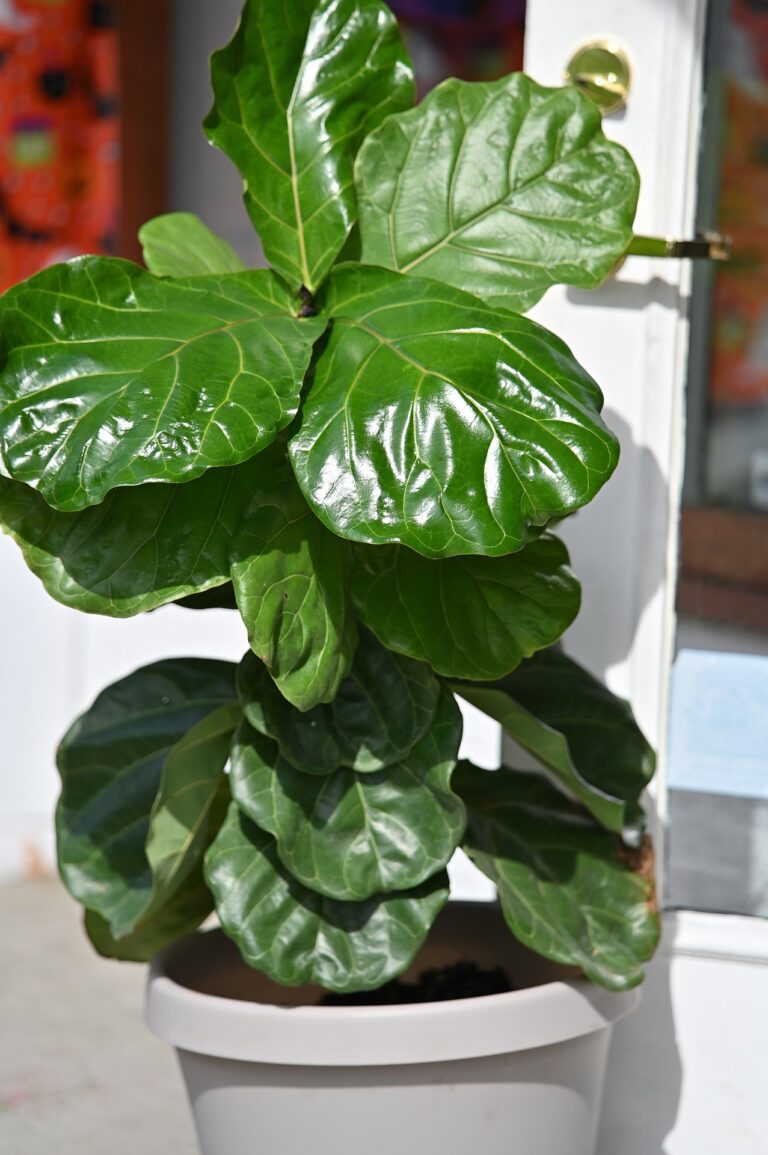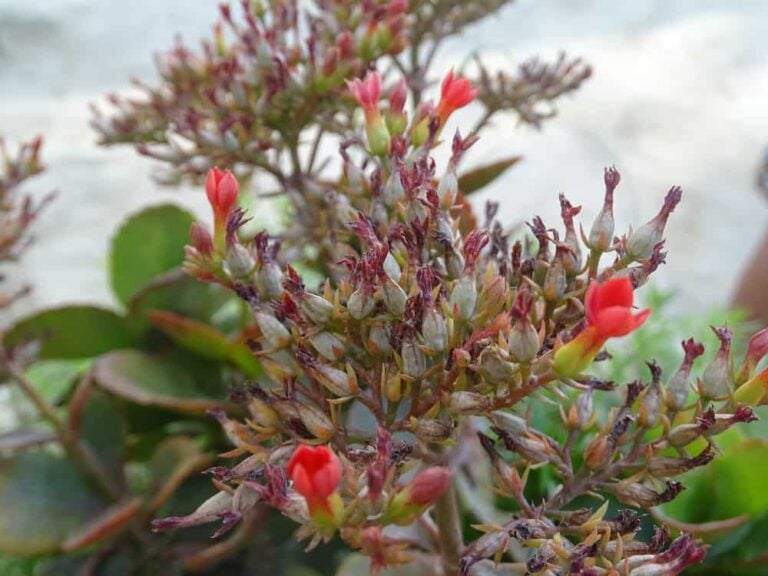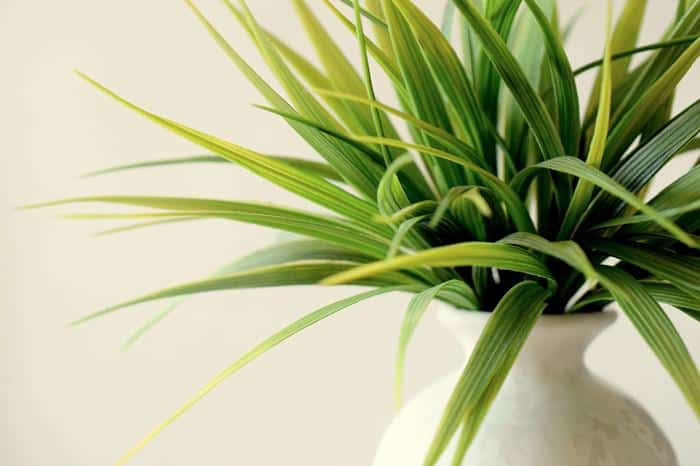Cactus: The Vegetable You HAVE To Taste. 5 varieties Of Cacti That You Can Eat!
You may never have thought about eating cacti before, but today is the day that you will crave it.
This fleshy tuber can be a fantastic veggie to put on your plate – But! We have to point out that not all cacti are edible. Some of them are edible, but some of them are poisonous.
If you are interested in trying to eat cacti, then fear not – we are here to give you all the information that you need about edible cacti.
If you don’t have the time to read the whole article, then here’s a tiny rundown!
In general, it’s perfectly safe to eat the fruits that come from any kind of authentic cactus.
You will need to remove the spines with some of them, such as dragon fruit, prickly pair, and cholla cactus, and then you can use them as vegetables.
With that being said, you need to stay away from certain other kinds of cactus, including Bolivian, peyote and San Pedro cactus. This is because they are poisonous, so eating them can potentially be lethal.
There are certain kinds of cactus that are specifically grown to be used for decorative purposes.
If you are going to grow cacti in your garden, it’s a good idea to double check that the cactus in question is okay to eat in the event that a pet or a person ends up eating them by accident.
Is It Safe To Eat Cacti?
The media would have you believe that it is not safe to eat the fruits that come from cacti, but this is actually not true. The vast majority of fruits from cactus plants are completely safe for human and animal diets.
The fruit isn’t the only thing that you can eat either. Some kinds of cactus actually have edible pads and flowers, though this is not the case for all kinds of cactus.
So long as the cactus is from the species genus Opuntia then it will be fine to eat the pads and fruit. With other kinds of cacti, you can only eat the fruits.
5 Different Cacti That You Can Eat
Are you looking to grow some edible cactus in your garden? If so, here are just a few of the most common varieties of cactus that you can eat and grow in your garden.
Prickly Pear Cactus
You heard about it in The Jungle Book when Mowgli and Baloo shared them, well, they’re a real thing! Prickly pears actually come from around 180 different species of cactus that are part of the genus Opuntia umbrella.
You can eat the pads and the fruits of these cacti. You can sometimes even find them for sale in certain grocery stores – they are usually listed in the store as ‘nopales.’
Before you eat the pads though, it’s incredibly important to ensure that you prepare them properly. The pads can contain lots of sharp spines that can hurt you if you swallow them.
When you have removed these spines, you can then get to work on preparing them to eat in whichever way you like – you can have them raw or you can cook them as if they were vegetables.
The prickly pear usually tastes quite sweet if you eat the red parts of it, but you will get far more juiciness from digging into the fruit beyond the glochids and past the skin. Yummy!
Cholla Cactus
One thing that’s pretty cool about this cactus is that the part that’s best to eat is the flowers of the cactus. You can eat other parts like the leaves too, but you really shouldn’t ignore the flowers since they contain a lot of yummy nutrients that are really good for you!
They contain plenty of calcium which is good for your muscles and bones. You will need to get rid of the prickly glochids of the Cholla plant before you attempt to eat it. You can eat them on the side of a few dishes.
Dragon Fruit Cactus
Central American Natives often eat from the dragon fruit cactus thanks to the fact that it has edible fruits, stems and flowers.
It’s often somewhat challenging to chew the stems, so a lot of people will put them in a blender and create a smoothie out of them.
The smoothies taste a little sweet, but can sometimes taste more mild depending on how they are made.
In addition to smoothies, it’s also possible to put flower buds from dragon fruit into dishes like stir fries and soups.
They can be turned into hot drinks, and you can also eat the inner parts of the fruits of the plant when you get through the skin, which is not edible.
The fruit is high in vitamin A and C, making it ideal for your nutrition.
Barrel Cactus
You can also eat parts of the barrel cactus. This plant consists of stiff and large spines, but you can eat the pads, stems, fruits and the flowers of the cactus.
You can even eat the little black seeds that grow inside of the fruits too. Don’t eat the seeds completely raw – they taste like nothing and it’ll be boring for you. You can make better use out of the seeds just by grinding and toasting them.
Put them on top of things like flatbreads or tortillas. They will taste a little more nutty this way, which is delicious!
You can usually add the red flowers of the cactus to other dishes, and they add a lot of great flavor.
The fruits taste almost lemon like, being a tiny bit bitter. The fruit doesn’t have glochids so it’s very easy to eat, too.
Saguaro Cactus
The edible fruits and seeds of the saguaro cactus are wonderful. You can eat the fruit in a wide variety of different ways. If you want to eat the fruit completely fresh then that’s an option.
Alternatively you can put it into a blender and make a juice that you can drink. If you dry the fruit then you can eat it later down the line too.
It can be used to make things like jam, syrup and wine, making it incredibly versatile.
The seeds, on the other hand, can be dried out and then put in a blender in order to put it into porridge.
You can take oils from the seeds and put them into different kinds of dishes too. It’s definitely worth growing this cactus in your garden.
Are Cacti Classed As Vegetables?
Technically, a cactus isn’t a vegetable or a fruit – it’s actually both of them at once. The pads of the cactus tend to be known as vegetables. The fruit, on the other hand, means that it is a fruit – duh!
You can eat the pads whenever you want to because they remain green throughout the whole year. This makes them very easy to access.
Unfortunately you only have the option of harvesting cactus fruit when the plant bears the fruit, which tends to be during a certain time of the year.
Cacti With Edible Fruit
There are a few kinds of cactus that have edible fruit, including the following:
Dragon fruit – these have a tropical taste, somewhat similar to watermelons. They contain lots of fiber so they are suitable for most diets.
Organ pipe cactus – tasting wonderfully sweet with a delectable juiciness, these fruits are great to eat
Peruvian apple cactus – fruits from this plant are a little sugary and taste somewhat tart. They are very crunchy and enjoyable to eat
Prickly pear cactus – they taste tropical when they are still green and raw, but they will taste sugary and sweet when they begin to ripen
Saguaro cactus – sweet yet subtle – you will love the taste of the fruits from the saguaro cactus!
Cacti That You Can’t Eat

Okay, so now we’ve covered a few types of cactus that you can eat. So what should you avoid? Unfortunately, a lot of cactus plants aren’t safe for consumption because they contain acidic compounds.
If consumed, these compounds can damage your liver. You can also get some nasty symptoms from consuming some kinds of cactus, including diarrhea, vomiting, nausea, and in worse case scenarios you can even become paralyzed.
There are certainly some that you can eat, but you need to avoid eating the following kinds of cactus since they are poisonous.
Peyote Cactus
This cactus is toxic for human consumption. It actually contains a psychedelic alkaloid. This alkaloid, known as mescaline, will give you psychotic effects if you eat it.
You may hallucinate, feel agitated, feel nauseous and you may vomit. If you eat too much of it, this cactus can actually be lethal.
San Pedro Cactus
You can find this cactus on the Andes Mountains, and it creates psychoactive effects very similar to what you would get if you consumed the San Pedro cactus.
Again, this is because it contains mescaline. When consuming this cactus, you can get palpitations, hallucinations, tremors, and stomach pains.
Bolivian Torch Cactus
This cactus is toxic and also produces psychedelic effects. It contains lots of mescaline and this can result in visual and auditory hallucinations.
This cactus is also known scientifically as the echinopsis lageniformis.
That’s everything that you need to know about the kinds of species that you can and can’t eat.
Now you know more about it you should be able to enjoy the nutritional benefits of the cactus. We hope you enjoy the seeds, fruits and flowers of the edible cacti on this list!





